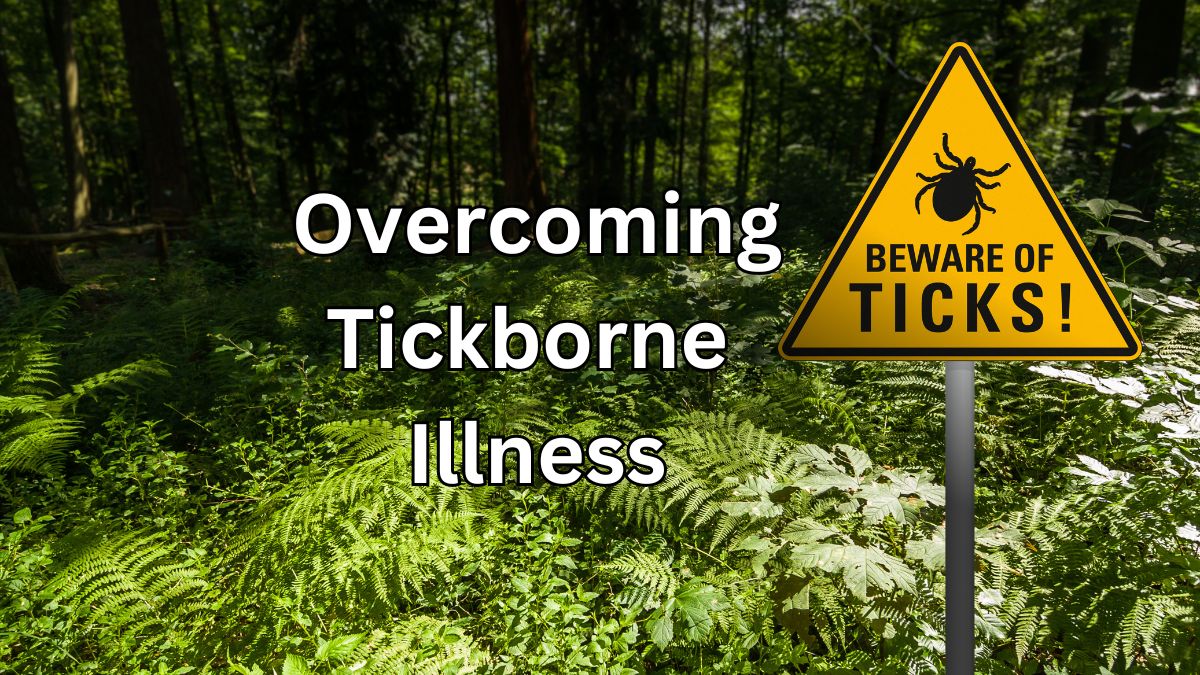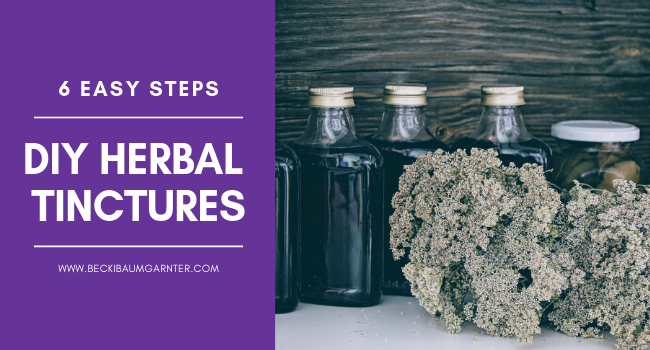Tickborne Illness. It’s not something I had a history of worrying about. As an avid hiker and camper, I’ve often been bitten by ticks without significant issues. So, when I noticed a tick on the back of my leg, I removed it and didn’t think much of it. But that changed quickly when it started hurting and itching just 20 minutes later. The area around the bite was swollen and looked like a fresh bee sting. I applied some lavender essential oil to soothe the irritation and then went about my day, forgetting about the bite.
The Onset of Tickborne Illness Symptoms
A week later, on the morning I was supposed to catch a flight across the country for a conference, I woke up with a throbbing headache and a feverish feeling. I remembered the tick bite and realized something was wrong when I saw it was red and inflamed. This set off alarm bells, as I knew I might be dealing with a tickborne illness. I didn’t have time to see a doctor, so I continued on with my travel plans, hoping the symptoms would subside.
Researching My Symptoms
During my journey, I started researching my symptoms and tickborne illnesses in the United States. Here’s what I discovered:
- Lyme Disease: Early symptoms include a bull’s-eye rash, fever, chills, headache, and muscle and joint aches.
- Rocky Mountain Spotted Fever (RMSF): Symptoms include fever, headache, and a rash that starts on the wrists and ankles.
- Ehrlichiosis and Anaplasmosis: Symptoms include fever, chills, and muscle aches.
- Babesiosis: Symptoms include fever, chills, sweating, fatigue, and anemia.
- Tularemia: Symptoms include sudden onset of fever, chills, muscle aches, and joint pain.
- Colorado Tick Fever: Symptoms include fever, chills, headache, muscle aches, and joint pain.
- Tickborne Relapsing Fever: Symptoms include recurring episodes of fever, chills, and muscle and joint pain.
I was experiencing many of these symptoms, including headache, fever, and fatigue.
Seeking Alternative Treatments
With my situation deteriorating, I considered my options. The standard medical treatment for tickborne illnesses is antibiotics, typically doxycycline. However, I wanted to avoid antibiotics because I had been working on improving my gut microbiome.
Instead, I turned to natural remedies I carry with me, such as high-dose vitamin C (sodium ascorbate) and doTERRA On Guard Protective Blend Softgels. On Guard softgels contain various essential oils: wild orange, clove, black pepper, cinnamon bark, eucalyptus, rosemary, and melissa. As a preventative, I already take high-dose vitamin C daily (one tablespoon in my morning smoothie). In addition, I decided to follow the On Guard protocol: taking two capsules immediately, then one every hour for 24 hours. If my symptoms didn’t improve, I planned to visit an emergency clinic.
A Rocky Flight and Initial Treatment
On my flights, I experienced severe congestion, stabbing pain in my forehead during landing, and blood clots from my nose. This was a new experience for me, and it was clear that my body was under significant stress from the tick bite.
Once I landed, I started the On Guard protocol and continued taking high-dose sodium ascorbate daily. After the initial every-hour dose for 24 doses, I continued with one On Guard soft gel every four hours.
The Road to Recovery
I started feeling better halfway through the initial On Guard protocol (24 doses). I continued improving over the next few days. If I hadn’t been feeling better, I would have visited an emergency clinic.
In addition, I did some research on essential oils for tickborne diseases.
Recent studies have found that certain essential oils show intense activity against dormant B. burgdorferi, the bacteria responsible for Lyme disease. Oils such as garlic, cinnamon, allspice, cumin, palmarosa, myrrh, ginger lily, sandalwood, thyme, may chang, and lemon eucalyptus were particularly effective. Other references indicated thyme is essential when tackling Lyme disease.
Creating an Essential Oil Roller
When I returned home from the conference, I created an essential oil roller with protective oils I had on hand. From my earlier research, I learned Lyme disease was the most prevalent tickborne illness in the United States. And, since I never had an official diagnosis, Lyme was my best guess.
Lyme Roller (10 ml roller)
- 10 drops cinnamon essential oil
- 10 drops myrrh essential oil
- 10 drops thyme essential oil
- 10 drops lemon eucalyptus essential oil
- Top with fractionated coconut oil
I applied the roller to my wrists, neck, and chest four to five times daily. Essential oils are absorbed through the skin into the bloodstream and interact with tissues and organs.
After about a week, I returned to my usual self and continued using the roller until it ran out.
Afterthoughts
My experience with a tickborne illness taught me the importance of being vigilant after a tick bite and seeking treatment promptly. I felt empowered because I already had all the supplies to get me over the tickborne illness hurdle. The next time a tick bites me, I plan to take On Guard soft gels for a few days to boost my immune system as a preventative.
Although my journey to recovery involved natural remedies and essential oils, I encourage anyone experiencing symptoms of a tickborne illness to consult a healthcare professional for appropriate medical advice and treatment.
However, if you’ve been previously afflicted with Lyme disease and have lingering symptoms, the roller recipe above may help you!
People Also Ask
What are the common symptoms of tickborne illness?
Common symptoms include fever, chills, headache, muscle and joint aches, and fatigue. Specific diseases may also cause rash and swollen lymph nodes.
How can I protect myself from tickborne illnesses?
Wear protective clothing, use tick repellents, check for ticks after outdoor activities, and promptly remove ticks if found.
When should I see a doctor if I suspect a tickborne illness?
See a doctor if you develop symptoms such as fever, headache, rash, or muscle aches, especially if you’ve been in tick-prone areas recently.
What is the typical treatment for tickborne illnesses?
Antibiotics, such as doxycycline, are commonly prescribed for many tickborne illnesses. Early treatment is vital to prevent complications.
Can I use natural remedies to treat tickborne illnesses?
Some natural remedies, like certain essential oils, have shown promise against tickborne diseases, but it’s best to consult a healthcare professional for proper diagnosis and treatment.
Sources:
- Pace, E. J., & O&Apos; Reilly, M. (2020, May 1). Tickborne Diseases: Diagnosis and management. AAFP. https://www.aafp.org/pubs/afp/issues/2020/0501/p530.html
- Feng, J., Shi, W., Miklóssy, J., Tauxe, G. M., McMeniman, C. J., & Zhang, Y. (2018). Identification of Essential Oils with Strong Activity against Stationary Phase Borrelia burgdorferi. Antibiotics, 7(4), 89. https://doi.org/10.3390/antibiotics7040089
- Overview of tickborne diseases | Tick-borne Diseases | Ticks | CDC. (n.d.). https://www.cdc.gov/ticks/tickbornediseases/overview.html
- Boyd, A. (2022, October 16). Do essential oils kill Lyme disease? – What Doctors Don’t Tell You. What Doctors Don’t Tell You. https://www.wddty.com/features/do-essential-oils-kill-lyme-disease/






